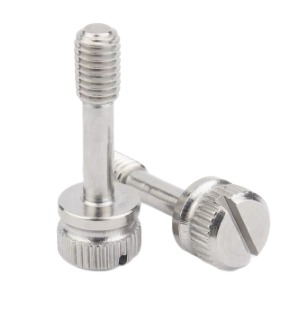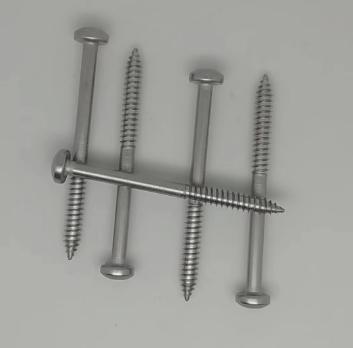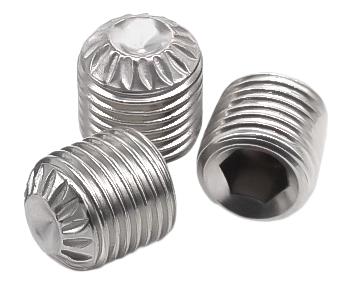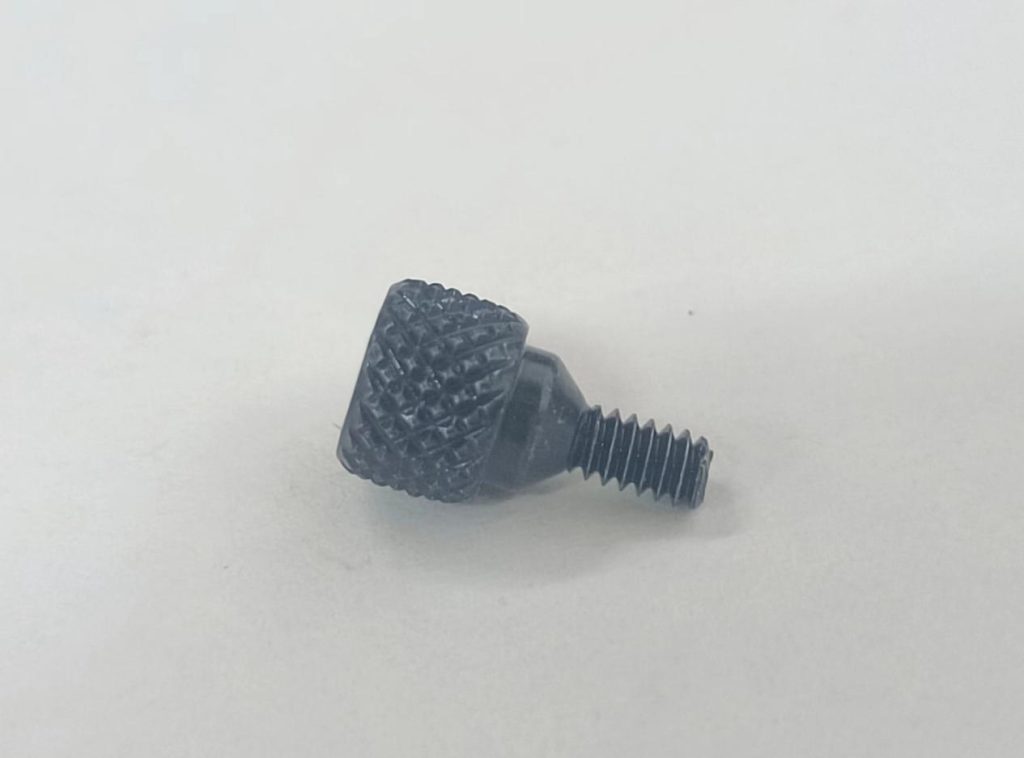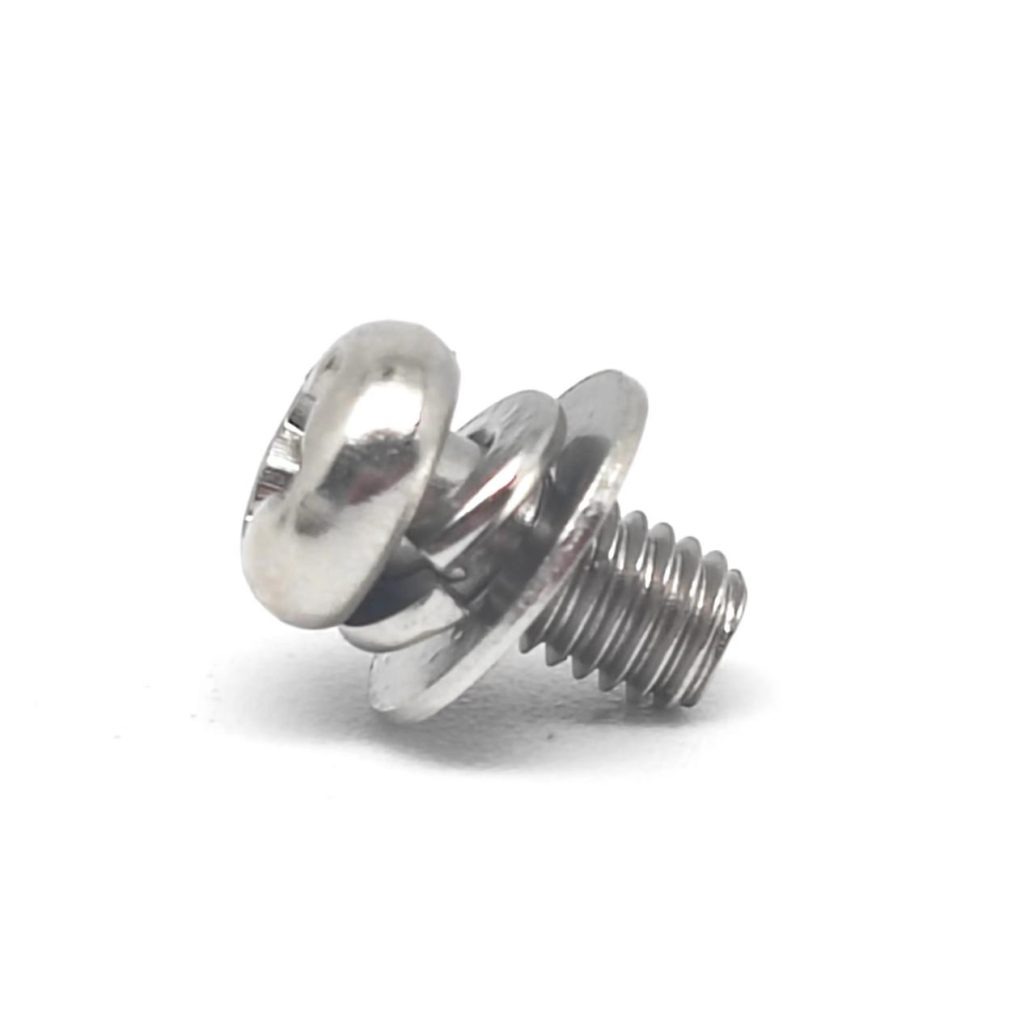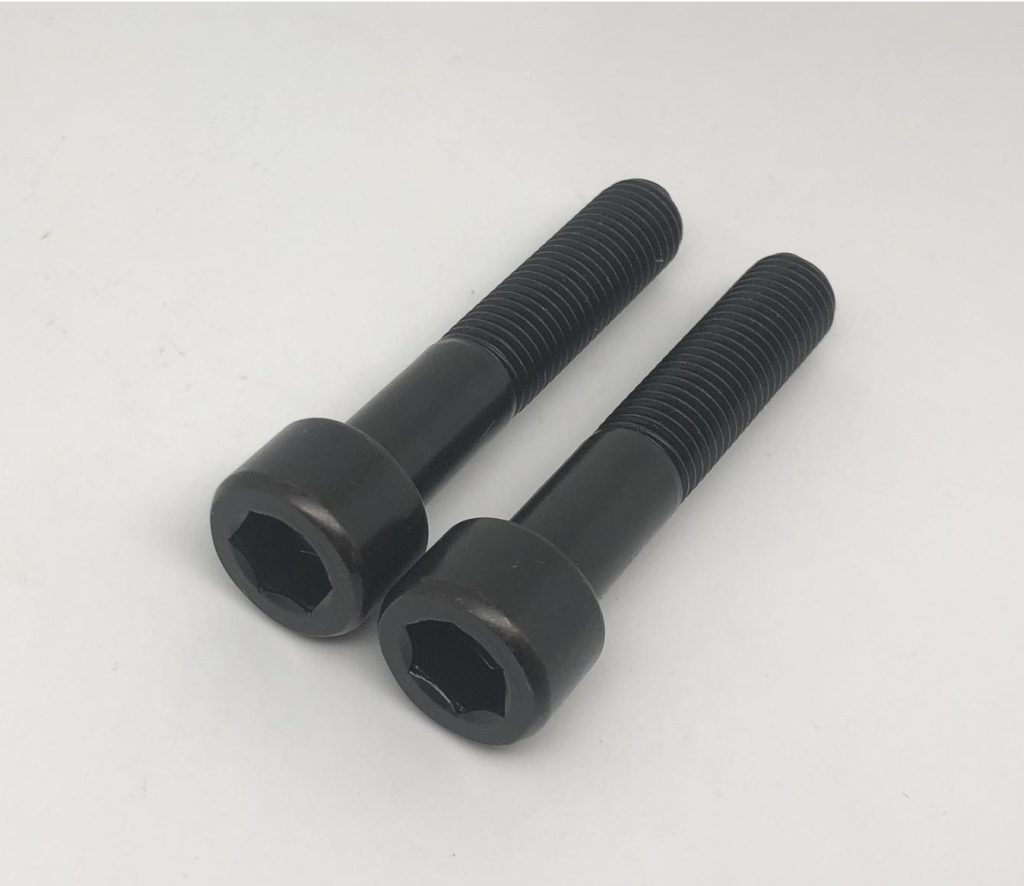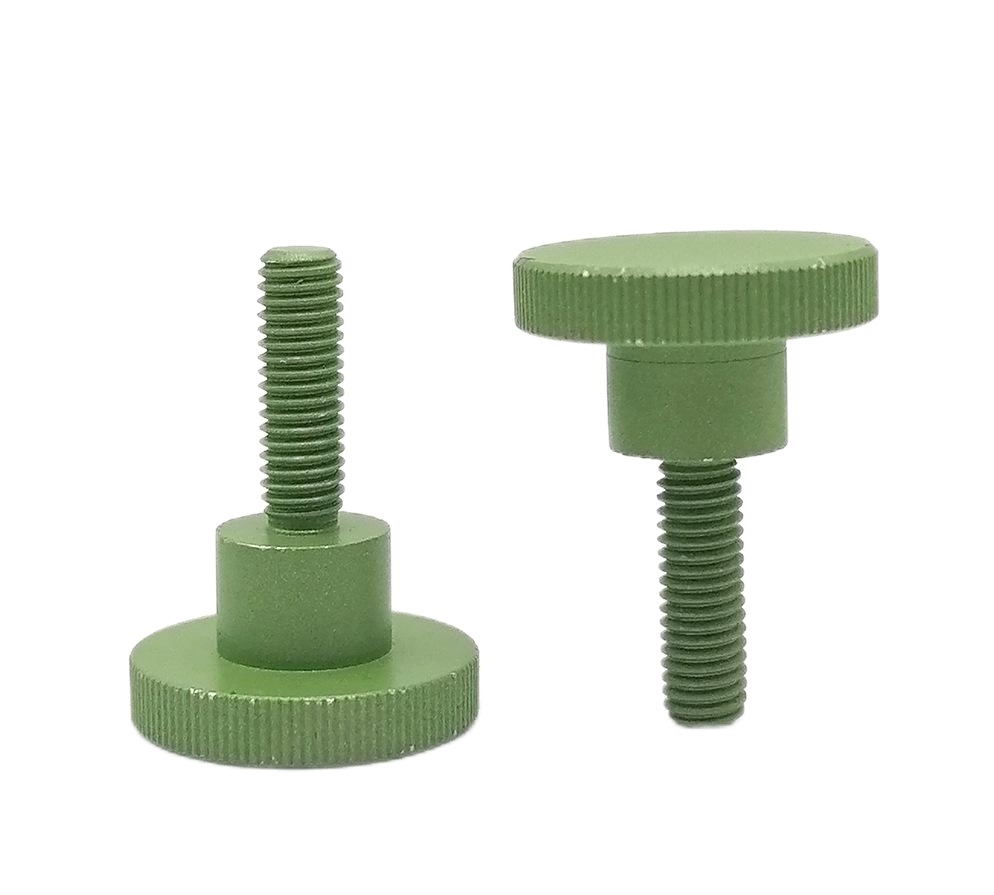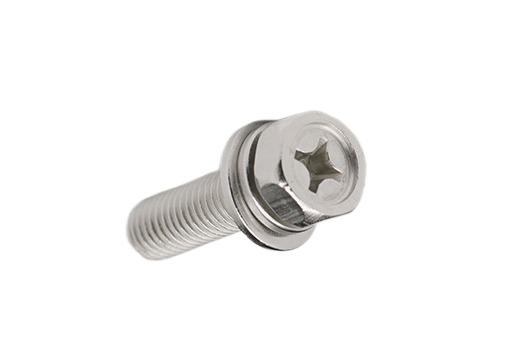The Essential Role of Self-tapping Screws in Modern Construction
Self-tapping screws have become a fundamental component in modern construction, revolutionizing how various materials are fastened. These versatile fasteners are capable of creating their own threads as they are driven into the material, eliminating the need for pre-drilled holes. This unique feature not only speeds up the installation process but also enhances overall efficiency, making self-tapping screws ideal for a wide range of construction applications. This article focus on the topics of the key applications of self-tapping screws in modern construction, their role in streamlining building processes and the challenges as well as the future solutions for self-tapping screws applied in the construction for various industries.
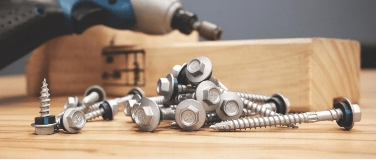
Table of Contents
What Are Self-tapping Screws
Self-tapping screws are screws designed with a sharp, cutting tip that allows them to create their own thread as they are driven into a material. Unlike conventional commonly used screws, which require a pre-drilled hole with a corresponding thread, self-tapping screws can be installed without the need for a separate tapping tool. This feature streamlines the construction process, reduces labor, and eliminates the need for specialized tools or additional steps.
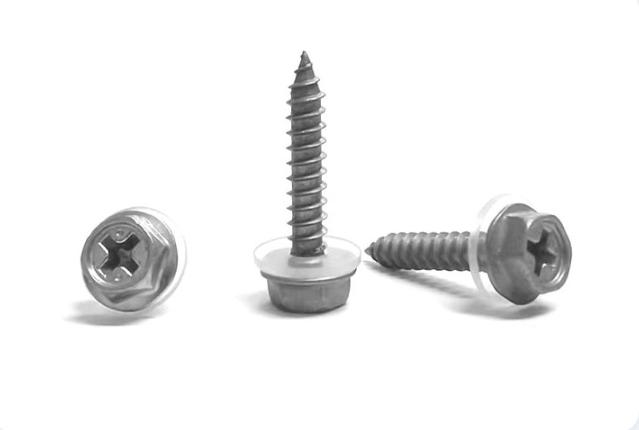
Types of Self-tapping Screws Used in Modern Construction
This chart provides a clear overview of the different types of self-tapping screws, their unique features, and their common uses in modern construction.
| Type of Self-Tapping Screw | Features | Typical Applications |
| Thread-Cutting Screws | – Sharp cutting tip for creating threads. – Can be used in softer materials like wood, metal, and plastic. | – Used for fastening metal to metal – Woodworking – Plastic applications |
| Thread-Forming Screws | – Creates threads without removing material. – No cutting debris. – Ideal for plastics and softer metals. | – Fastening thin sheets of metal – Plastic components – Lightweight applications |
| Self-Drilling Screws | – Built-in drill bit at the tip. – Can drill and tap in one step. – Suitable for thicker metals. | – Roofing and cladding systems – HVAC installations – Metal framing |
| Self-Tapping Wood Screws | – Coarse threads for better grip in wood. – Typically have a sharp point for easy penetration. | – Wood framing – Decking – Furniture construction |
| Self-Tapping Sheet Metal Screws | – Designed for fastening thin metal sheets. – Sharp, pointed tips. | – Securing thin metal panels to wood or steel frames – HVAC ductwork |
| Dual-Thread Screws | – Combines coarse and fine threads. – Suitable for different material thicknesses. | – Heavy-duty metal applications – Thick composite material fastening |
| Composite Screws | – Specially designed for composite materials. – Typically have a high-strength core. | – Securing composite panels – Fastening materials like fiberglass and carbon fiber |
| Screws for Concrete/Brick | – Larger, deeper threads. – Often has a hardened coating. | – Fastening into concrete or brick without the need for anchors – Used in masonry and foundation work |
| Sheetrock Screws | – Fine threads and a bugle-shaped head to avoid damaging drywall. | – Attaching drywall to metal or wood studs – Interior wall systems |
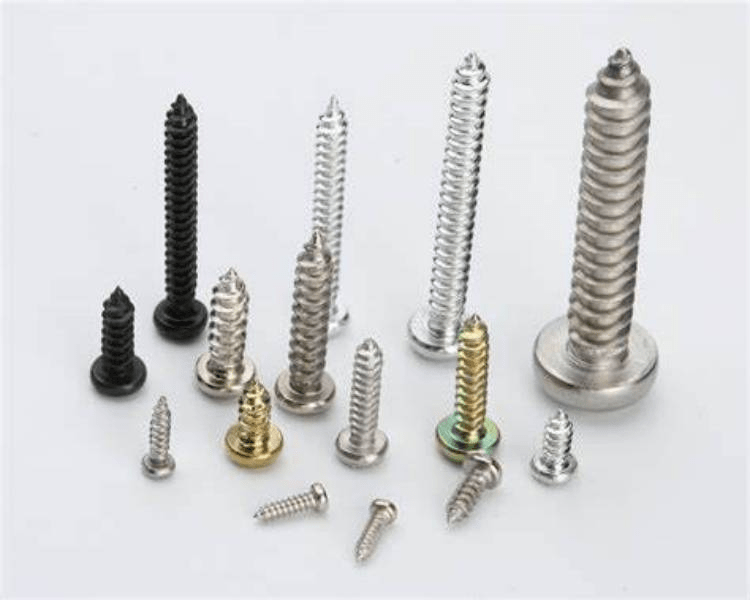
Key Applications of Self-tapping Screws in Modern Construction
1. Metal Framing and Steel Structures
One of the primary applications of self-tapping screws is in metal framing and the construction of steel structures. These screws are ideal for fastening metal studs, tracks, and braces together. Self-tapping screws for metal typically have a sharp point and a strong thread design, which enables them to easily drill into steel without the need for a pilot hole. Speed and efficiency are key advantages in metal framing, and self-tapping screws allow for quick installation without the need for pre-drilling, saving valuable time on-site.
Typical Use: Installing metal studs in the construction of walls, ceilings, and partitions in commercial and residential buildings, as well as securing metal panels in pre-engineered steel buildings.
2. Roofing and Cladding Systems
Self-tapping screws are widely used in roofing and cladding applications, where they provide a reliable and secure fastening solution for metal roofing and exterior cladding panels. These screws are designed with coatings that protect against corrosion, which is crucial for the longevity of outdoor building materials exposed to the elements. Self-tapping screws for roofing are often designed with a rubber gasket under the head, ensuring a watertight seal that helps prevent leaks and weather damage. Their corrosion-resistant coatings, such as zinc or galvanization, ensure durability even in harsh climates.
Typical Use: Fastening metal roofing sheets, insulation, and cladding panels to steel or wooden frames. They are also used in securing fascia and soffit materials.
3. Woodworking and Carpentry
In woodworking and carpentry applications, socket head self-tapping screws are indispensable for a variety of projects. These screws can be used in wood framing, decking, cabinetry, and furniture construction, providing strong and secure joints without the need for pre-drilling. Their coarse threads grip the wood tightly, ensuring a secure hold. The ability to drive self-tapping screws directly into wood without pre-drilling reduces the risk of splitting, especially in softer or denser wood types. This also saves time and reduces the number of tools required for the job.
Typical Use: Assembling wooden frames, decks, fences, cabinets, and wooden furniture, as well as securing wood siding and trim.
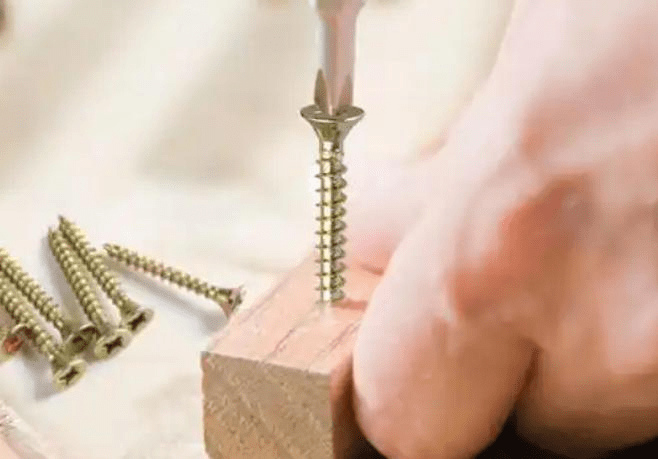
4. Electrical and HVAC Installations
Self tapping screws are widely used in the installation of electrical conduits and HVAC systems. These screws allow fast and reliable fastening of electrical boxes, conduit brackets, and HVAC ductwork to structural materials like metal studs, wood, or concrete. The ability to drill and tap into materials with a single screw simplifies the installation process. By eliminating the need for additional tapping or drilling steps, self-tapping screws reduce the complexity of installations and the number of tools required on-site. They also offer secure fastening for components exposed to vibrations and environmental conditions.
Typical Use: Installing conduit, junction boxes, and electrical fittings, as well as securing HVAC ducts, venting systems, and other mechanical infrastructure.
5. Prefabricated Building Components
In the world of prefabricated buildings, self tapping screws play a crucial role in the assembly of modular components. Prefabricated elements like walls, roofs, and floors are often fastened together using self-tapping screws, which allow for quick and secure connections during construction. These screws are designed to hold up well over time, offering structural integrity in the finished product. The use of self-tapping screws streamlines the assembly process, reducing the need for specialized tools and minimizing labor costs. Their ability to fasten without the need for pre-drilled holes also makes them highly efficient in factory settings.
Typical Use: Assembling prefabricated wall panels, roof trusses, and floor systems in both residential and commercial modular buildings.
6. Automotive and Transportation Infrastructure
In automotive and transportation infrastructure construction, self-tapping screws are commonly used for fastening parts in vehicles, railcars, trailers, and other transportation systems. These screws are perfect for fastening lightweight materials and components that require secure but easily replaceable connections. Self-tapping screws are particularly useful in applications where parts may need to be replaced or serviced regularly. Their ability to create threads in a variety of materials, including lightweight metals, composites, and plastics, makes them ideal for automotive and transport applications.
Typical Use: Securing components such as body panels, bumpers, and interior fittings, as well as fastening parts in trailers, buses, and railcars.
7. Window and Door Frame Construction
Self-tapping screws are also extensively used in window and door frame construction, where they are ideal for fastening metal or wood frames to the surrounding structure. They help ensure the frame is securely attached, which is essential for the structural integrity and weatherproofing of the building. These screws allow for quick and easy installation without the need for special equipment, while also providing a firm grip on both metal and wood. Their corrosion-resistant coatings make them well-suited for outdoor applications where exposure to the elements is a concern.
Typical Use: Securing window and door frames to brick, concrete, or wood structures, as well as fastening weather-resistant sealing strips and insulation.
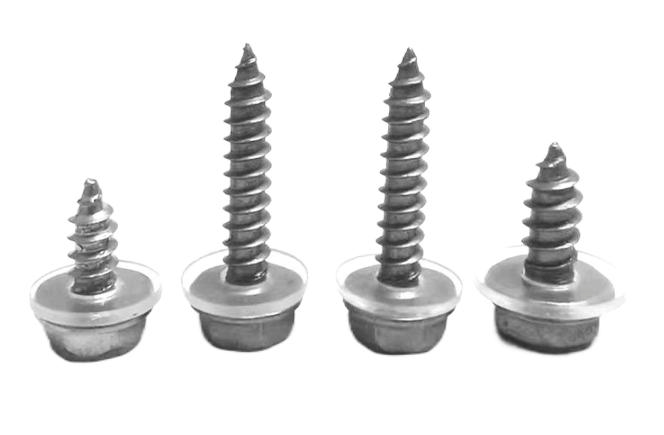
8. Signage and Outdoor Fixtures
In the installation of signage, outdoor fixtures, and street furniture, self-tapping screws are often used due to their ability to fasten components to various substrates, including metals, plastics, and masonry. Their simplicity and effectiveness make them perfect for both temporary and permanent installations. Self-tapping screws simplify installation in outdoor environments where weather conditions and exposure to the elements can compromise other fastening methods. Their ease of use and strong grip make them ideal for installing heavy-duty fixtures.
Typical Use: Mounting street signs, light poles, traffic signals, and other outdoor fixtures, as well as attaching advertising boards and displays to building exteriors.
9. Insulation and Interior Fit-Outs
In commercial and residential construction, self-tapping screws are also frequently used in insulation and interior fit-out applications. These screws provide a secure method for attaching insulation materials, drywall, and partition walls to structural components. Self-tapping screws ensure a firm attachment, providing durability and resistance to settling or shifting over time. They can be used in both soft and hard materials, making them versatile for different parts of a building.
Typical Use: Securing insulation panels, drywall, ceiling tiles, and partitions, as well as fastening decorative trim and molding.
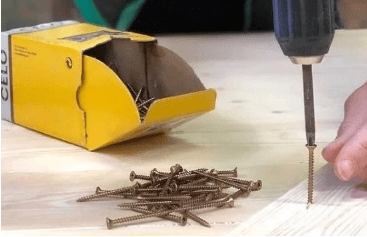
Challenges and Future Solutions in Self-tapping Screws Used in Modern Construction
This chart highlights the ongoing challenges faced by self-tapping screws in modern construction and the promising solutions on the horizon that could enhance their performance, efficiency, and sustainability.
| Challenge | Description | Future Solutions |
| Material Compatibility | Difficulty in selecting the correct screw for varying materials like metals, plastics, and composites. | – Development of advanced coatings and thread designs tailored for specific materials. – Smart screws with material recognition technology. |
| Corrosion Resistance | Exposure to environmental elements (moisture, chemicals) can lead to rust and degradation, especially in outdoor applications. | – Introduction of high-performance corrosion-resistant coatings (e.g., ceramic, nano-coatings). – Development of stainless steel and titanium alloys with superior resistance. |
| Over-tightening and Stripping | Over-tightening can damage the screw or the material, causing a weak bond or stripped threads. | – Advanced torque control technology integrated into tools. – Self-adjusting screws that adapt to material type and hardness. |
| Thread Design and Holding Power | Inconsistent or insufficient thread engagement, especially in softer materials, can reduce holding power. | – Improved thread profiles (e.g., spiral thread, multi-thread designs) that provide better grip. – Customized screws with varying thread depths for different material types. |
| Vibration and Impact Resistance | Self-tapping screws may loosen or fail when exposed to constant vibrations or heavy impacts. | – Use of specialized screw materials like hardened alloys or coatings that resist loosening. – Integration of anti-vibration or locking mechanisms (e.g., lock nuts or thread adhesives). |
| Efficiency in Automated Installation | Installing self-tapping screws in large-scale construction projects may lack efficiency in high-volume environments. | – Development of automated fastening systems with AI and robotics for precision screw installation. – Smart screws with built-in sensors for automatic quality control. |
| Environmental Impact | Manufacturing self-tapping screws, especially those with coatings, can involve environmentally harmful processes. | – Eco-friendly manufacturing methods, such as using biodegradable coatings. – Increased use of recyclable materials for screws and packaging. |
| Cost Efficiency for High-Strength Applications | Self-tapping screws used in heavy-duty or high-strength applications can be expensive. | – Development of cost-effective high-strength materials (e.g., alloy steels, composites). – Mass production techniques to lower unit costs without compromising strength. |
| Wear and Tear in High-Use Applications | Screws can wear out or lose effectiveness over time, especially in high-traffic or load-bearing structures. | – Enhanced surface treatments that improve wear resistance. – Research into self-healing screw technologies that can regenerate threads over time. |
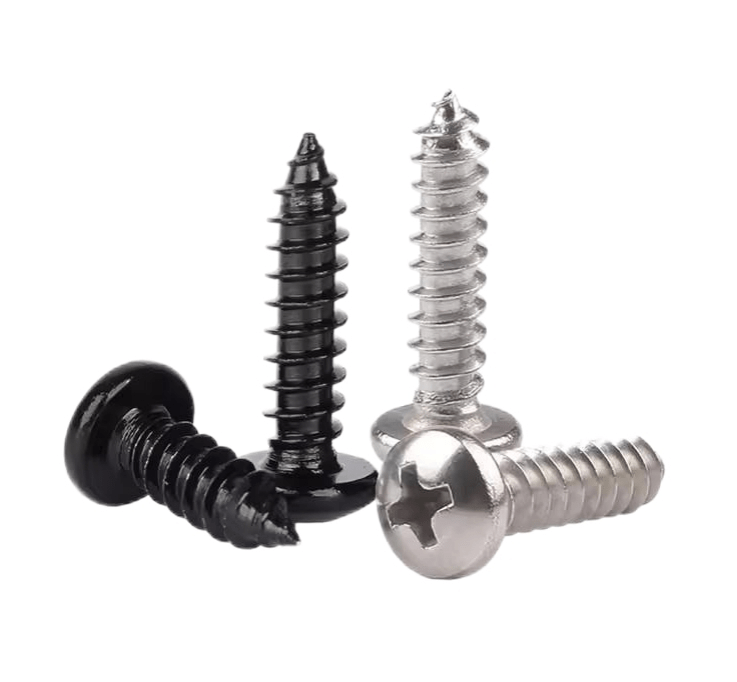
Summary
Self-tapping screws are indispensable in modern construction, offering a wide range of applications that enhance speed, efficiency, and security in various building projects. From metal framing to roofing, carpentry, electrical installations, and more, these fasteners provide a versatile and reliable solution for connecting materials across multiple construction sectors. As construction techniques and materials continue to evolve, self-tapping screws will remain at the forefront of innovation, driving efficiency and quality in the built environment.

